Marion county purchased 160 acres of land for its poor farm in 1887 from settler William Glover. Between 1889 and 1890, a large two-story stone building was erected to house the county’s indigent. During its peak years at the turn of the century, the poor farm was self-sustaining through the work done on the property by its inmates. The Poor Farm continued to house the county’s most vulnerable citizens until 1964 when it was converted into a rest home. The 2.72 acres remaining of the original farm belong to the current owners who purchased the property in 1975.
From 1975-2018 it remained the primary residence of its current owner, Nancy Marr. She now resides in Hillsboro and hopes that the property will be saved either by new owners with resources or by a grant that will take care of its urgent needs.
Stone Prairie was the name given to it by its current owner when purchased in 1975. Here, many gatherings of the MNS society took place and served as the primary home for two children and their single mother.
Since the application was submitted to the Kansas Historical Society, “The Poor Farm” is now the current term.

“Managing folk of all types and nationalities when immigrants moved west and couldn’t make “the American dream happen” was a cooperative effort on the part of everyone. Poor farms evolved and changed with the times and economic fluctuations.” Nancy Marr, owner.
Starting in the 1800’s, poor houses and farms were opened around the nation in rural and urban areas alike to care for the desitute, feeble minded, orphans, and unwed mothers. In the early days of Kansas statehood, individual counties were typically responsible for caring for the poor. When populations were small, the poor were often housed by local families who were reimbursed by the county. The great depression fo the 1930’s compelled social security and welfare programs to be implemented. Before these programs came into existence, poor farms and houses were used to provide shelter and care for the destitute. Marion County Poor Farm was unique in that it was self-sustaining, earning $200 per year of profits to the county. It was the only self-sustaining institution that produced a profit in the nation. It houses 12 inmates, 6 women and 6 men resided there and worked the 160 acre farm. The women did the cooking, mending, and housework.
“Their bedrooms, dining room and sitting room are furnished better than half the private families of the United States and they are treated like American citizens rather than like paupers. Every improvement and modern machinery is furned the plae to make labor easy and advantageous. Life in the Maroun county poor house is notw what it is in many of the poor houses in the east.” Superintendent W.K. Palmer, 1901.
